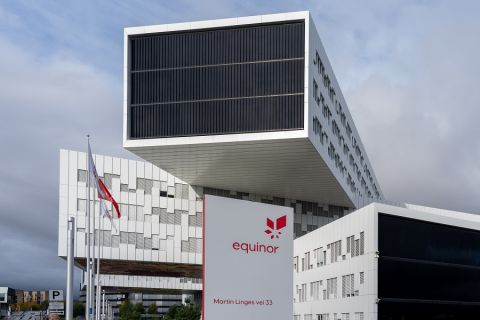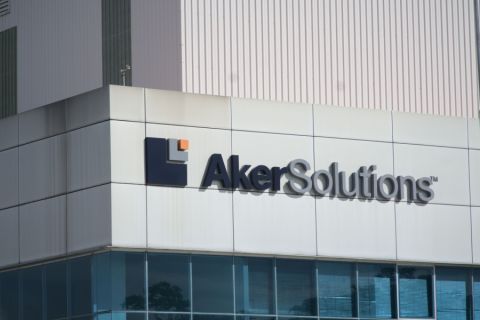The Big Three are tops in more measures than production and reserves, according to PIRA Energy Group, a New York-based consulting firm that has performed a benchmarking study of the world's 10 largest publicly traded energy companies. In predictable order, ExxonMobil, BP and Royal Dutch/Shell took first, second and third place in the ranking, respectively, in an analysis that used eight financial performance measures, nine operating and four risk. Gary Ross, PIRA chief executive officer, says, "PIRA goes much further [than other benchmarking studies] by assessing the uniqueness of each company's strategy and the potential these plans hold for future growth-all done under the structure and prism of our fundamentals analysis and price forecasting, and understanding of industry and company critical-success factors." Some notes from the study: • More than 30% of ENI's capital is spent on its gas business; more than 20% on TotalFinaElf's petrochemicals business; more than 40% on Marathon's downstream operations; and more than 70% of Amerada Hess' on upstream activities, a good share of the percentage due to its recent acquisition of Triton Energy. • Risk profiles are changing for companies operating in increasingly uncertain areas, such as West and North Africa and the Caspian. All of the Top 10 companies are expecting new production from these areas except Repsol, ConocoPhillips and BP. Repsol has considerable exposure in South America, however. BP, meanwhile, was the only company among the 10 to improve its upstream risk profile; a bulk of the U.K.-based major's new production is due from the less-politically-sensitive Gulf of Mexico and Trinidad. • Gas continues to increase in importance, and companies with significant gas-holdings in Asia, Europe and the Americas possess competitive advantages. Companies with below-average gas reserves-such as ChevronTexaco on a worldwide basis, and Shell in the U.S.-will need to buy their way out of their deficits. • Size does matter in a commodity industry: larger companies have better risk profiles and financial flexibility, and they are rewarded for this with higher price-to-earnings ratios. With these credit profiles, many of the 10 companies possess the financial might to buy a stronger portfolio, resulting in an even lower cost structure and more attractive risk profile. -A&D Watch
Recommended Reading
Equinor to Invest $1B in Troll West Gas Project
2024-05-27 - Equinor awarded contracts to OneSubsea and SLB in the Troll Field as part of efforts the further develop gas infrastructure offshore Norway.
US Drillers Cut Oil, Gas Rigs for Fourth Time in Five Weeks
2024-05-24 - The oil and gas rig count, an early indicator of future output, fell by four to 600 in the week to May 24 the lowest since January 2022.
Aker Solutions’ Consultancy Arm Renamed Entr
2024-05-23 - Aker Solution’s newly christened Entr plans to double its revenue and headcount by 2030.
The ‘Necessary Evil’ of Four-mile Laterals
2024-05-23 - While extended length lateral wells can lead to massive profits, the risk might not always be worth it. At Hart Energy’s SUPER DUG, Diamondback Energy, SLB, NOV and others weighed the risk and rewards of drilling three- and four-mile laterals.
Up to 50 Firms Seek US Oil Licenses in Venezuela, Official Says
2024-05-23 - Washington aims to prioritize issuing licenses to companies with existing oil output and assets over those seeking to enter the sanctioned OPEC nation for the first time, sources told Reuters.



